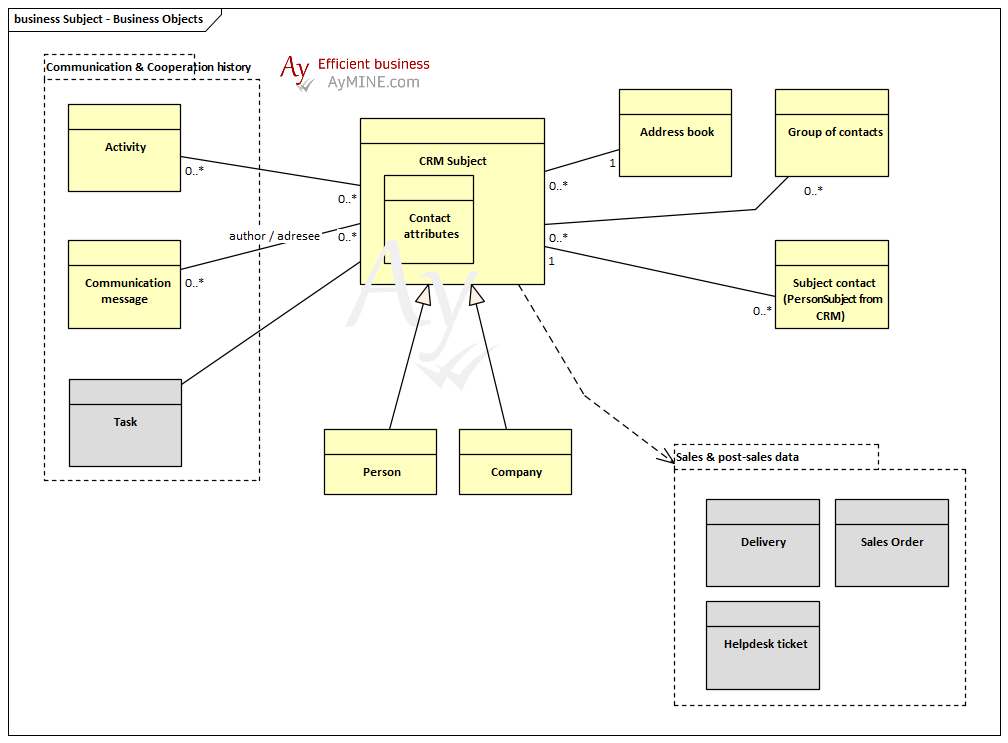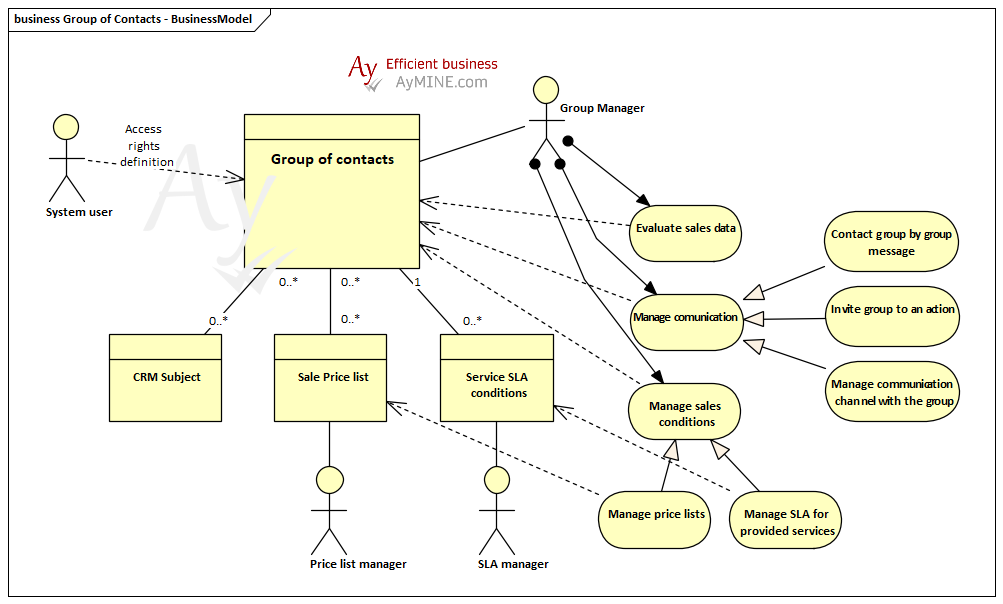Related links
Sales & Asset management
Sales related services
Description of a part of the AM module - sales partFI - Finance Management
Framework Core functionality
- AyMINE Framework Server
- frmFrm – provided functionality
- System Rights
- System messaging
- AyMINE Business – Price calculation
- Strings and translations
- Export collection of objects
- AyMINE Framework management FAQ
- The AyMINE licence model
- AyMINE On-premise
- System events
- Mutli-client architecture
- Import collection of objects
- User sessions
- Default server methods
- Client-defined object attributes
- Common Libraries
Module - support for management
Libraries & Lincences
Mobile & Web Application
- Runtime debugging
- System console
- AyMINE Application
- In-line table edit support
- Object scripting API – object lang
- Application object structure
- Multilingual support
- View of a single object – detail
- Is using EVAL / feval method risky?
- Included library – String operations
- Cliplink
- Object API – object <g>
- API – Data object
- Object scripting API – object User
- Object view definition
- Framework support for Drag & Drop
- Common libraries
- Multiple-object update implementation
- fClip & fCliplist
- Offline persistent objects
- Mobile application
HR - Human Resources
System Management (part of framework)
Task, Project, Quality
Task & Task pattern
CMS - Content Management & Web API services
Front-End Scripting
 CRM Business Model
CRM Business Model 
The CRM modules implements key objects for the contact management. However, those objects are tightly integrated with other modules, particularly task management, order / delivery management as well as system modules that brings the key functionality of the e-email and VoIP support
The CRM business model

Contact subject
The CRM subject is hierarchical object but it supports only 3 levels:
- Company
- Division
- Person subject
The same level could be used for other type of organisation like national sport-organisation - single club - members of the club.
In practice there is no real limit for hierarchy level, but higher level makes no sense for users
Address book
The address book collects contacts. System supports as many address books as necessary. But the only principal reason to distinguish contact to the independent address books are the system rights.
Each address book is a descendant of the business area object. It shares the user rights configuration and so each address book could have a group or readers (users that could see and use the data but has no right to edit them) and actors (users with full rights for modification).
Each subject belongs to exactly exactly one area. Typically it would be an address book, but it could be also a project or business area. That means that contact management in the project is the same as with the regular CRM address book.
Group of contacts
Group of contacts create groups across the contact book, i.e. contacts in a group could be in any address book.
The group belongs to a single address book because the book manages rights for the group. However, it does not manage rights to the contacts in the group. Even when used has access to the group, it does not get the access to use the contacts in the group, if those contacts are from the address book that he/she has no access.

The model of contact group looks more complicated than how much complicated it is
- Each group has an managed - person that can control the settings
- Group is used for various purposes, not only to manged subsets of contacts. E.g. it has linked the price lists and clients that are in a group has got prices from the best pricelist according to the group classification.
- For helpdesk purposes, each group has its own SLA conditions.
- Other group utilisation could be defined by other modules.